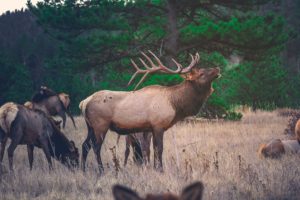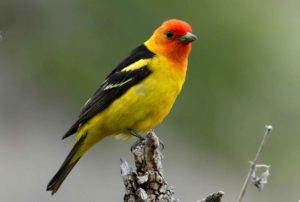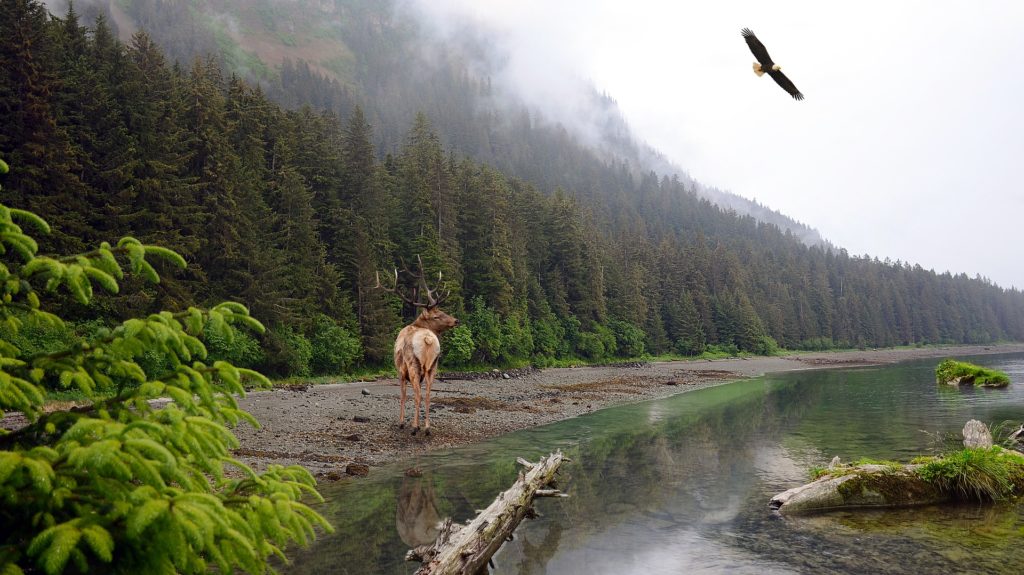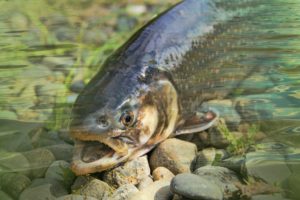
Restoring Forest Health is a Win-Win
The health of our streams and rivers, and the wildlife that depend on them, are directly related to the health of the forests that surround them. Forest structure affects habitat quality for many wildlife species, both terrestrial and aquatic. Historically, wildfires occurred in varying sizes and intensities across the landscape. These frequent fires supported healthy forests with a patchwork of trees of varying sizes and open areas.
Benefits to Mammals
Forest treatments funded by Peaks to People Water Fund not only protect water from sedimentation and debris, but also improve forest health and wildlife habitat. Ungulates such as deer, elk and bighorn sheep benefit from the mix of habitat types created. These large herbivores use open areas to forage and forested areas for protection. Small mammals such as voles, chipmunks, squirrels, gophers, and rabbits also benefit from the increase in cover and food resources found in the open habitat conditions created.

Benefits to Birds
The type, density and structure of vegetation in a forest will influence the bird species that live there as well. Forested areas that have a mix of vegetation types, including tall trees that make up the forest canopy as well as layers of shrubs, grasses and other plants that make up the understory, provide birds with necessary food sources, breeding and nesting habitats, and protection from predators. By increasing the diversity of habitat available to birds, these management activities can improve the composition of the bird community.
Protecting Threatened Species
Riparian areas, the narrow strips of land adjacent to streams, rivers, lakes and other bodies of water, provide critical habitat for many endangered and threatened species and other wildlife and plants. High intensity wildfires can seriously degrade riparian habitats that species such as the threatened Preble’s Meadow Jumping Mouse depend upon. Fuel reduction projects that increase the open type of habitat the mouse requires, may improve the chances for the species to recover.
Protecting Water Quality
Wildland fires don’t just destroy trees and vegetation. They can also severely affect water quality by causing soil erosion, increased flooding and debris flow. These impacts to water quality can negatively affect fish and other aquatic species for weeks or even months. Reducing debris and vegetating stream banks can help minimize erosion and keep water quality high and temperatures cool, which is especially important for fish.
In order for watersheds to function properly the land the water drains from must be healthy. Overcrowded forests and heavy fuel loads put our watersheds at risk of massive wildfires. When we work together to thin the footprint of the forest, the collective impact of the treatment reduces wildfire risk and protects our water quality and quantity, critical wildlife habitat, economic health and recreational opportunities for everyone.

